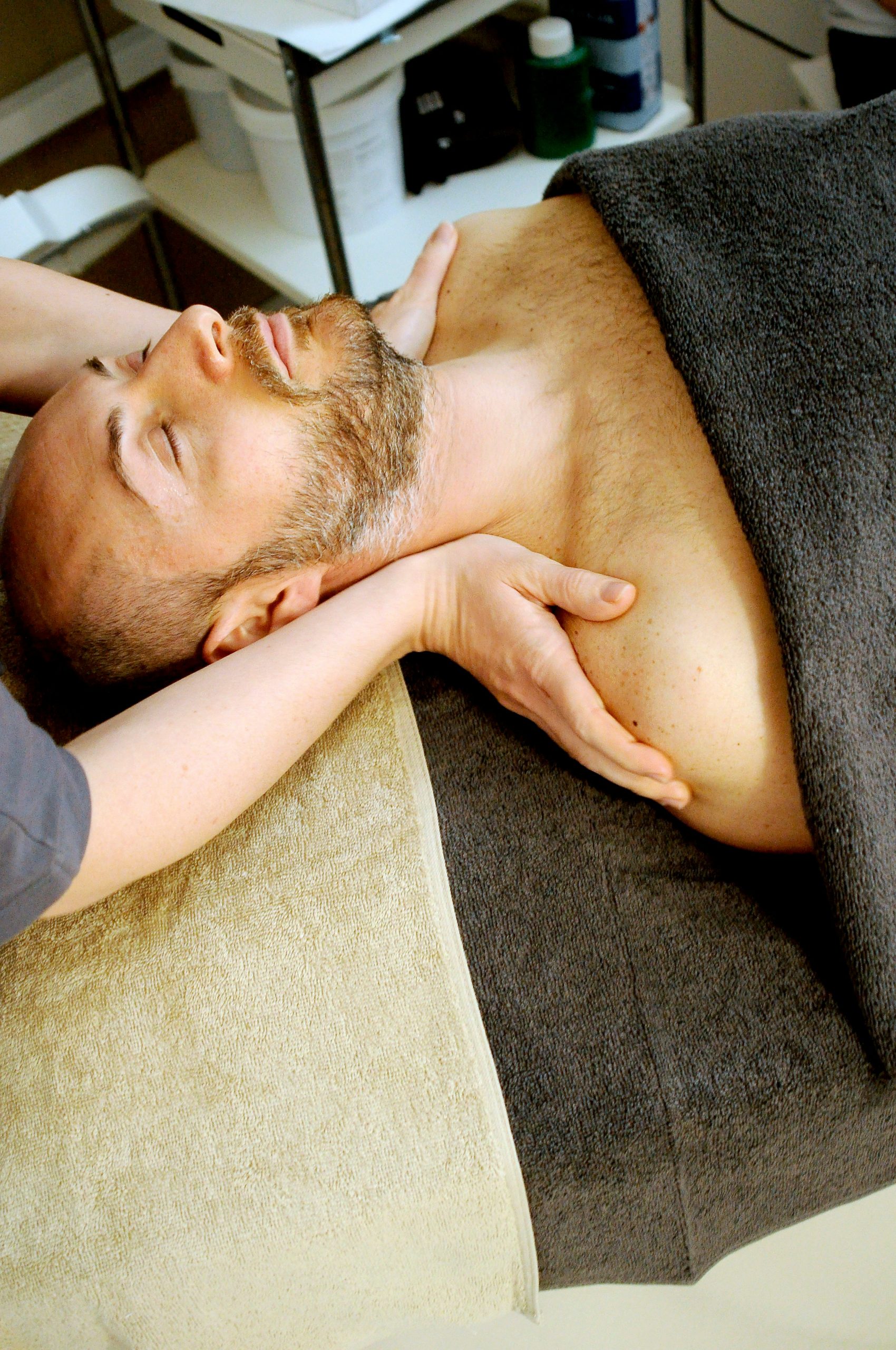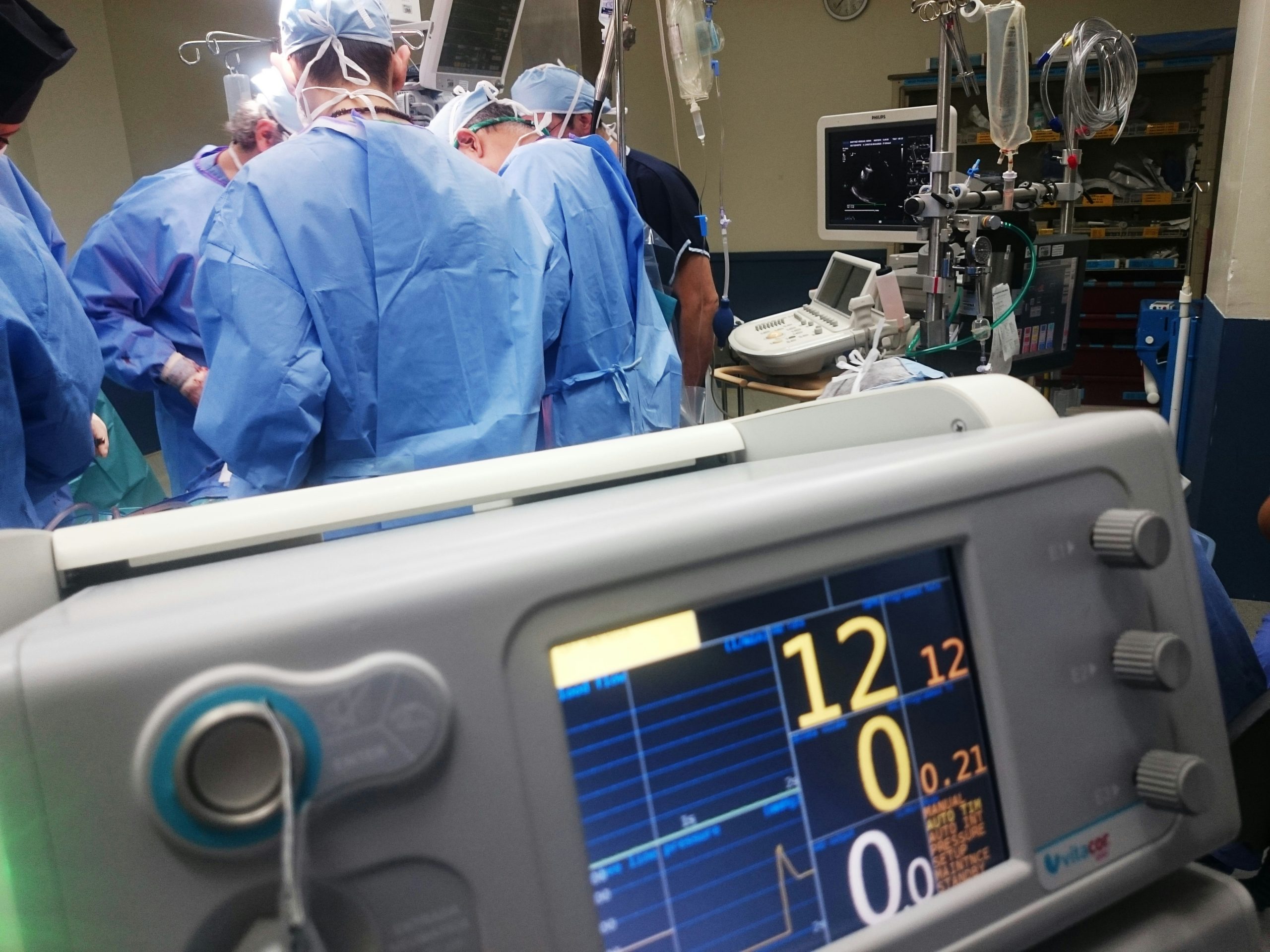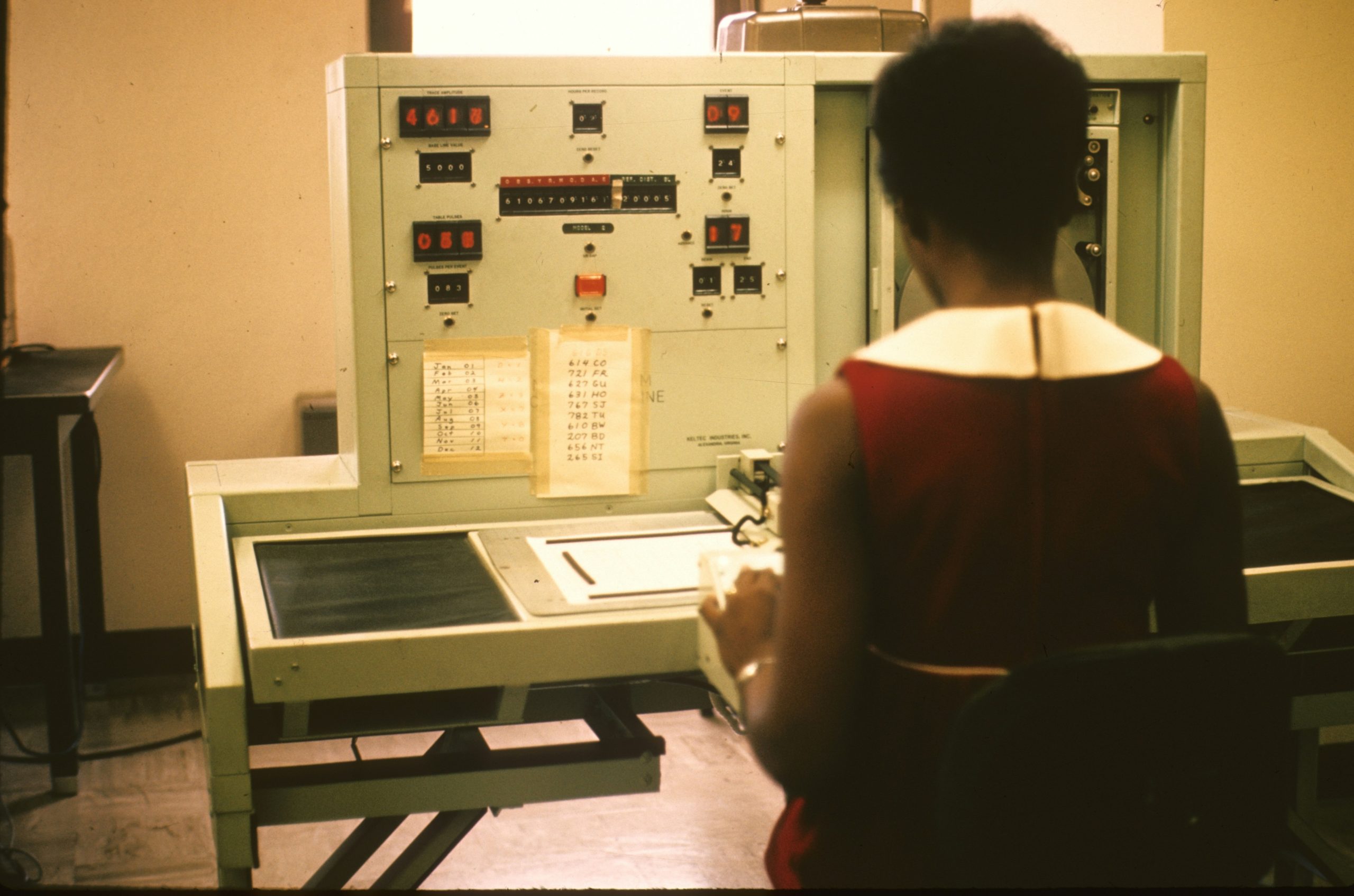
Revolutionary Techniques in Physical Therapy for Athletes
Introduction
In the realm of sports, where peak physical performance is paramount, athletes often rely on cutting-edge physical therapy techniques to recover from injuries, enhance performance, and prevent future issues. Over the years, advancements in physical therapy have revolutionized how athletes approach rehabilitation and training, integrating innovative methods to achieve optimal results.
1. Biomechanical Analysis and Motion Capture
One of the groundbreaking techniques in modern physical therapy for athletes involves biomechanical analysis coupled with motion capture technology. This approach allows therapists to precisely assess an athlete’s movement patterns, joint angles, and muscle activations during specific tasks or sports maneuvers. By identifying biomechanical inefficiencies or asymmetries, therapists can tailor rehabilitation programs to correct these issues, thereby reducing the risk of injury and improving performance.
- Example: A runner experiencing recurrent knee pain undergoes motion capture analysis, revealing excessive inward knee collapse during foot strike. The therapist designs a rehabilitation plan focusing on strengthening hip abductor muscles and adjusting running mechanics to alleviate stress on the knee joint.
2. Blood Flow Restriction Therapy (BFRT)
Blood Flow Restriction Therapy (BFRT) has gained popularity for its ability to enhance muscle strength and recovery using a specialized tourniquet system. By restricting venous blood flow while allowing arterial flow, BFRT enables athletes to achieve significant muscle hypertrophy and strength gains with lighter loads. This technique is particularly beneficial during rehabilitation from injuries where traditional high-load exercises may be contraindicated.
- Example: A football player recovering from ACL surgery uses BFRT to maintain quadriceps muscle mass and strength during the initial post-operative period, accelerating recovery and facilitating earlier return to sport.
3. Virtual Reality (VR) Rehabilitation
Virtual Reality (VR) is transforming the landscape of physical therapy by providing immersive environments that aid in rehabilitation and injury prevention. VR technology allows athletes to engage in simulated activities that mimic real-life sports scenarios while under the guidance of therapists. This not only enhances motivation and adherence to rehabilitation programs but also accelerates recovery through targeted exercises in a controlled virtual setting.
- Example: A basketball player recovering from a shoulder injury participates in VR rehabilitation sessions that simulate shooting drills and defensive maneuvers. This helps maintain cognitive engagement and motor skills relevant to their sport while allowing therapists to monitor progress in real-time.
4. Regenerative Medicine and Biologics
Advancements in regenerative medicine have introduced novel therapies such as platelet-rich plasma (PRP) injections, stem cell treatments, and growth factor therapies into sports rehabilitation. These biologic treatments aim to promote tissue repair, reduce inflammation, and accelerate healing processes in injured athletes. While still evolving, these techniques show promising results in treating musculoskeletal injuries and chronic conditions that affect athletes.
- Example: A tennis player suffering from chronic elbow tendonitis undergoes PRP injections to stimulate tissue regeneration and alleviate pain, allowing for continued participation in competitive matches without compromising performance.
5. Neurorehabilitation and Brain Training
In sports where cognitive function and reaction time are critical, neurorehabilitation techniques and brain training programs are gaining traction. These methods utilize neuroplasticity principles to improve neural pathways associated with movement, coordination, and decision-making. By integrating cognitive exercises with physical rehabilitation, therapists can optimize brain-body connections essential for peak athletic performance.
- Example: A soccer player recovering from a concussion undergoes a neurorehabilitation program that includes vision training and reaction time exercises. This comprehensive approach not only accelerates recovery but also enhances spatial awareness and decision-making skills on the field.
Conclusion
In conclusion, revolutionary techniques in physical therapy for athletes are reshaping the landscape of sports rehabilitation and performance enhancement. From advanced biomechanical analysis and VR rehabilitation to regenerative medicine and neurorehabilitation, these innovative approaches are not only accelerating recovery from injuries but also optimizing athletic potential. As technology continues to evolve, the future of physical therapy holds promising prospects for athletes striving to achieve peak performance while minimizing the risk of injury.
By staying at the forefront of these advancements, athletes and their healthcare teams can navigate challenges more effectively, ensuring longevity and success in their sporting careers.



